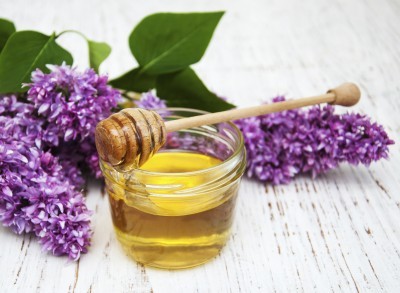






Rooting is a good way to propagate plants. If you cut off new growth from an established plant and put it in the ground, it just might take root and grow into a new plant. While it is sometimes just that easy, the success rate for this process is not particularly high. It can be greatly increased by the aid of a rooting hormone. These can be bought in the store, but if you want to stay away from chemicals or simply save some money, there are plenty of organic ways of making your own rooting hormone at home, often from materials you probably already have.
One of the main ingredients in synthetic rooting hormones is Indole-3-butyric acid, a material that stimulates root growth and protects it from disease and is found naturally in willow trees. You can make your own willow water for rooting cuttings easily.
Stinging nettle and comfrey tea are effective alternatives if you don’t have access to a willow.
Another method for making your own rooting hormone is to mix 3 tsp of apple cider vinegar in 1 gallon of water. Dip your cuttings in this solution just before planting.
Not all natural rooting methods involve mixing up a solution. The very easiest method for rooting plants organically uses only one ingredient that you’re guaranteed to have at home: spit. That’s right — give your cuttings a lick just before planting to enhance root productivity. NOTE: Just be absolutely sure your plant isn’t poisonous first!
Cinnamon is a natural killer of fungus and bacteria that can be applied directly to your cutting to protect it. Dip your cutting in one of the wetter options listed here first to help the cinnamon stick better and double your protection.
Honey is a good bacteria killer, too. You can smear some honey directly on your cutting or, if you want, mix up a tea of 1 tbsp. honey in 2 cups boiling water. Cool the tea back down to room temperature before using it, and store it in a dark place.
Copyright © www.100flowers.win Botanic Garden All Rights Reserved